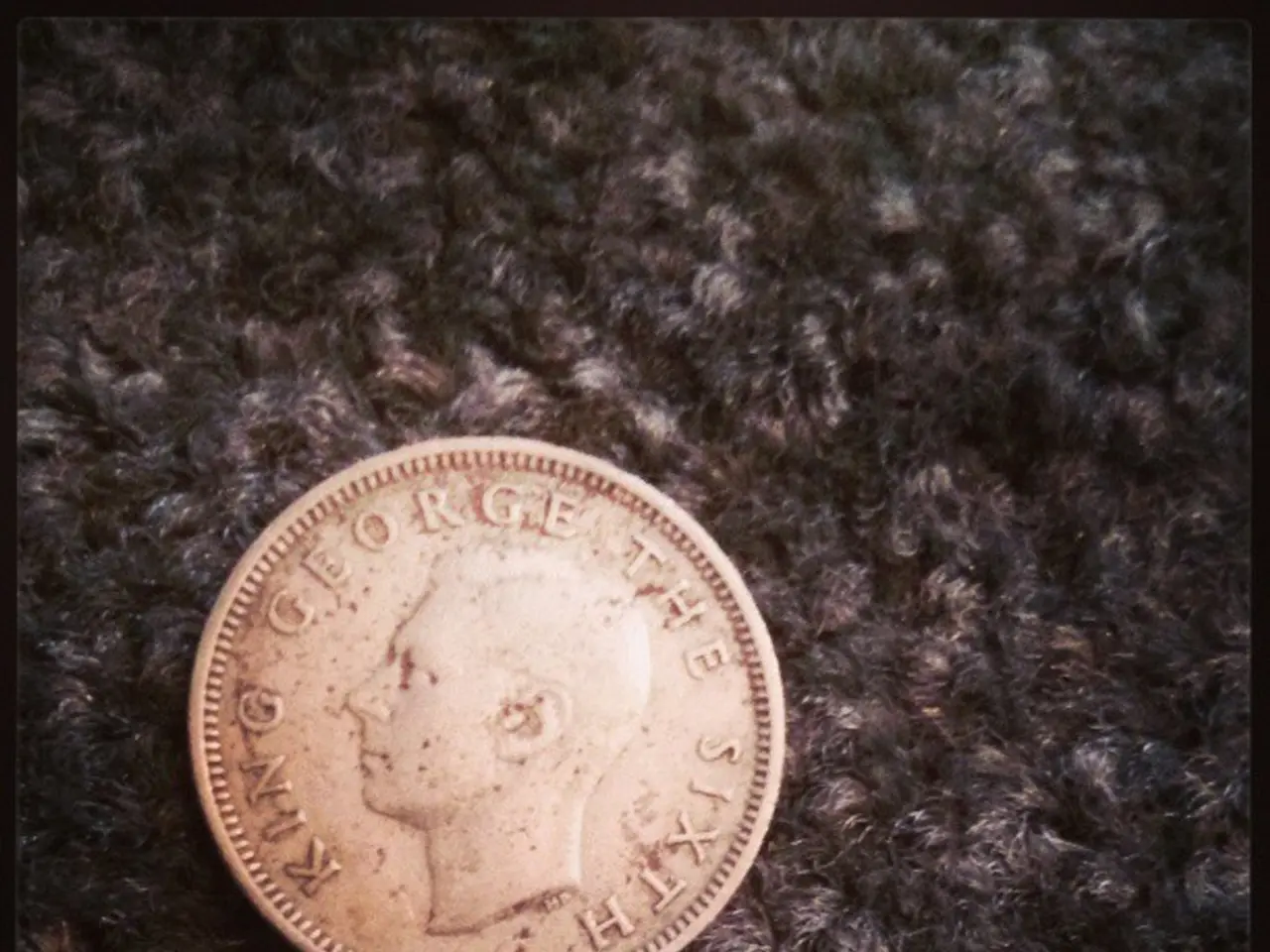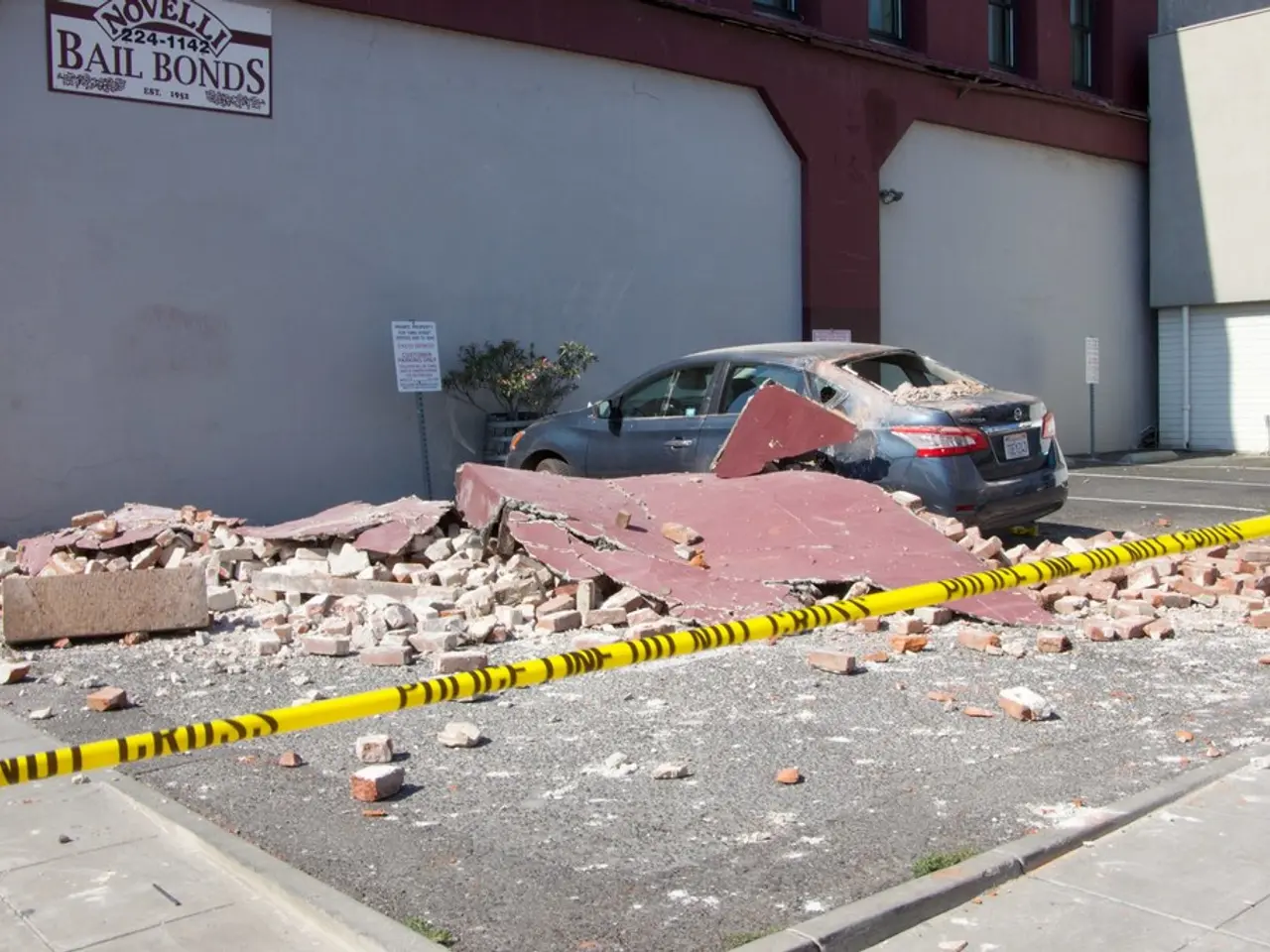Discovered: A Hidden Trove of 15th-Century Polish Coins Unearthed
In the heart of southern Poland, near the picturesque town of Bochnia, a remarkable discovery was made by local treasure hunters, Wojciech and Marek Budzyn. The brothers, members of the Bochnia Treasure Hunters Association Stater, unearthed a ceramic vessel filled with over 600-year-old silver coins, a find that has been hailed as one of the most significant numismatic discoveries in recent years in the region of Małopolska (Lesser Poland).
The treasure, carefully hidden beneath the forest floor, is believed to have been buried during a period of unrest or conflict in the late 15th century. Experts from the Provincial Monument Conservator's office are now cataloging and analyzing the coins to determine their exact origin, mint, and historical context.
The silver coins found in the pot are identified as denarii from the reign of Casimir IV Jagiellon, King of Poland from 1447 to 1492. This finding could provide valuable insights into the economy, trade, and political landscape of the time. Coin hoards often offer such insights, shedding light on which rulers or governments were in power and how currency was used during that era.
Dr. Marek Florek, an archaeologist specializing in medieval Poland, considers the discovery to be of great historical and cultural importance. He explains, "Such discoveries can also be crucial for archaeologists, as they offer tangible evidence of past human activities and can help verify historical records."
The Budzyn brothers conducted their activities according to Polish law, with full cooperation from relevant authorities. They hope their discovery will inspire others to take an interest in local history and the responsible exploration of cultural heritage.
The treasure hunters are not the only ones excited about the find. Authorities have not disclosed the exact location of the discovery to protect the site from looters and illegal treasure hunters. However, the hoard is expected to be exhibited at a regional museum, likely in Bochnia or Krakow, allowing the public to view one of the most fascinating finds from Poland's medieval past.
Wojciech Budzyn expresses that finding the treasure is a dream come true for any treasure hunter, but above all, it's a part of Poland's story that they are proud to have helped uncover. He adds, "The clay vessel itself was almost completely intact, a rare occurrence in archaeological finds of this kind."
The good state of preservation of the coins was likely due to the clay pot's protective properties and the relatively undisturbed soil conditions in the forest. In Poland, all significant archaeological finds must be reported to the conservator's office, and discovered artifacts become state property.
As the experts continue their analysis, the story of this medieval treasure and its historical significance continues to unfold. The discovery serves as a reminder of the rich history that lies beneath our feet and the importance of responsible exploration and preservation of cultural heritage.
- The period of unrest or conflict in the late 15th century, where the treasure was buried, might have been influenced by recent criminal activities or war, impacting the law and order of the region.
- A deeper understanding of the economy and trade during the 15th century, due to the discovery, could reveal the role of AI and its potential impact, as technology advances might have influenced trade routes and markets.
- With the treasure being found, it would be intriguing to explore how the lifestyle, fashion-and-beauty, or food-and-drink preferences of the people in the 15th century might have looked, given the historical context.
- The discovery of the medieval treasure could also shed light on the relationships and family dynamics of the wealthy individuals who owned the denarii, as they would have likely been connected to the homes-and-garden they inhabited.
- The buried treasure might have been guarded by pets during that era, creating an interesting perspective on the relationship between humans and animals in the 15th century.
- Travel and transportation methods could have aided in the concealment and movement of the treasure, making it essential to consider the conditions of roads and vehicles, including cars and carriages, in the 15th century.
- The treasure, being a symbol of wealth, could have played a role in power struggles and the political landscape, making it integral to educational discussions in the context of self-development and history.
- As more people get inspired by the discovery and engage in treasure hunting, they will need access to resources for shopping, including equipment, maps, and guides, to assist them in their explorations.
- Archaeologists, as well as treasure hunters, could benefit from gambling or casino-and-gambling metaphors, as they search for 'winning' discoveries and rely on a combination of skill, strategy, and luck in their pursuits.
- Sports and games during the 15th century could have played a role in how the treasure was hidden or protected, making it an intriguing aspect to delve into as part of a broader understanding of the era. The weather conditions might have affected the decision-making process for burying the treasure, as well as its preservation underground, further adding to the holistic investigation of the time.




